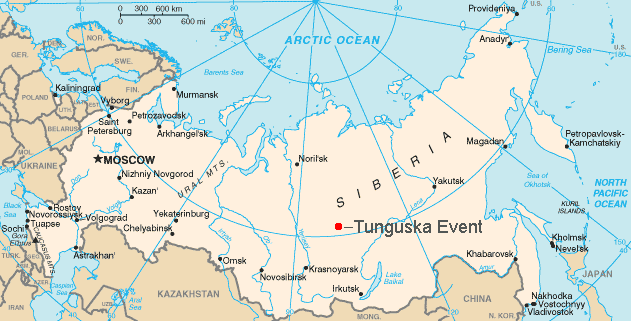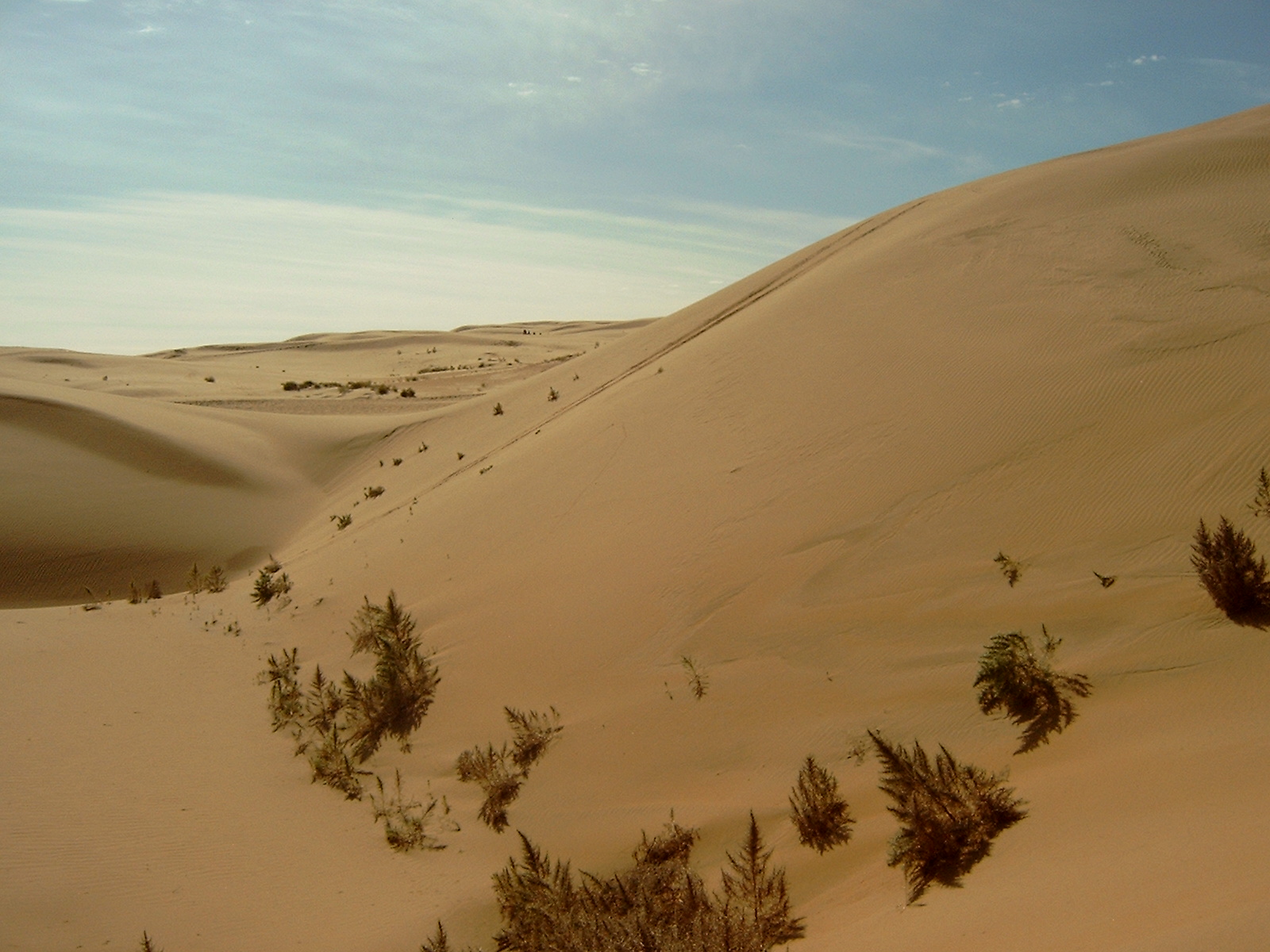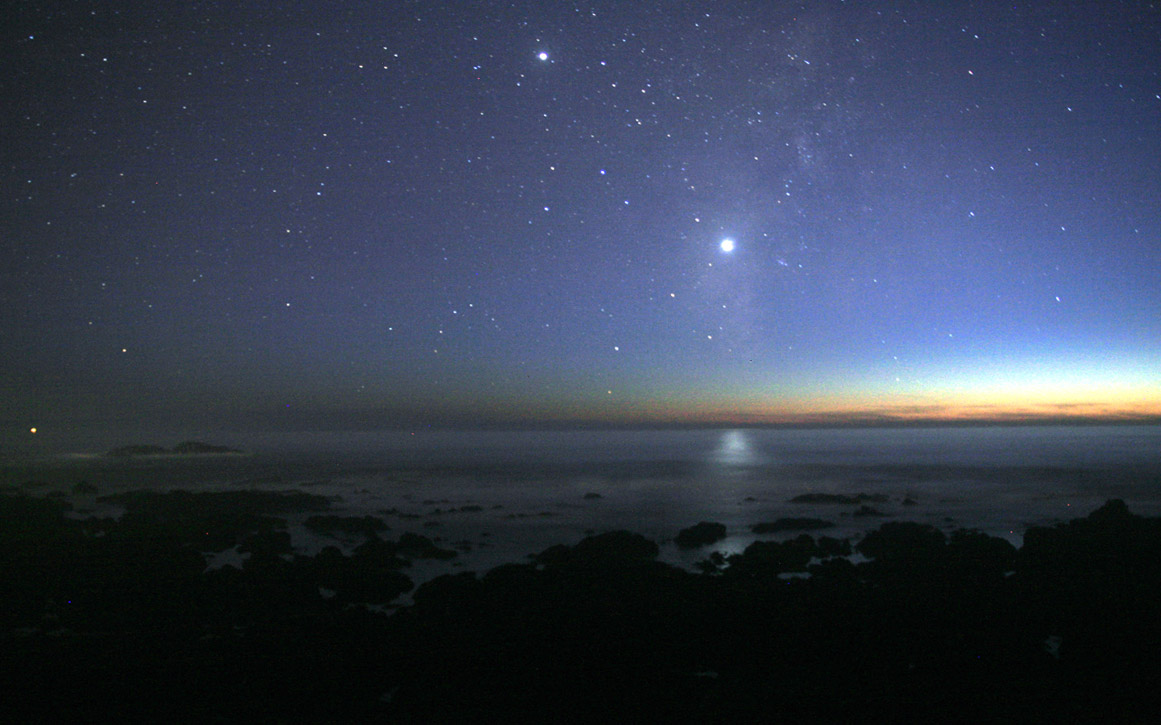|
Der Schweigende Stern
''Der schweigende Stern'' or ''Milcząca Gwiazda'', literal English translation ''The Silent Star'', is a 1960 East German/ Polish color science fiction film based on the 1951 science fiction novel ''The Astronauts'' by Polish science fiction writer Stanisław Lem. It was directed by Kurt Maetzig, and stars Günther Simon, Julius Ongewe and Yoko Tani. The film was first released by Progress Film in East Germany, running 93 min.An entry about ''Der schweigende Stern'' and DEFA film database (retrieved 27 October 2018) Variously dubbed and cut versions were also released in English under other titles: ''First Spaceship on Venus'', ''Planet of the Dead'', and ''Spaceship Venus Does Not Reply''. After finding an ancient, long-buried |
Film Poster
A film poster is a poster used to promote and advertise a film primarily to persuade paying customers into a theater to see it. Studios often print several posters that vary in size and content for various domestic and international markets. They normally contain an image with text. Today's posters often feature printed likenesses of the main actors. Prior to the 1980s, illustrations instead of photos were far more common. The text on film posters usually contains the film title in large lettering and often the names of the main actors. It may also include a tagline, the name of the director, names of characters, the release date, and other pertinent details to inform prospective viewers about the film. Film posters are often displayed inside and on the outside of movie theaters, and elsewhere on the street or in shops. The same images appear in the film exhibitor's pressbook and may also be used on websites, DVD (and historically VHS) packaging, flyers, advertisements in newspap ... [...More Info...] [...Related Items...] OR: [Wikipedia] [Google] [Baidu] |
People's Republic Of Poland
The Polish People's Republic (1952–1989), formerly the Republic of Poland (1947–1952), and also often simply known as Poland, was a country in Central Europe that existed as the predecessor of the modern-day democratic Republic of Poland. With a population of approximately 37.9 million near the end of its existence, it was the second most-populous communist government, communist and Eastern Bloc country in Europe. It was also where the Warsaw Pact was founded. The largest city and capital was Warsaw, followed by the industrial city of Łódź and cultural city of Kraków. The country was bordered by the Baltic Sea to the north, the Soviet Union to the east, Czechoslovak Socialist Republic, Czechoslovakia to the south, and East Germany to the west. The Polish People's Republic was a unitary state with a Marxist–Leninist government established in the country after the Red Army's takeover of Polish territory from Occupation of Poland (1939–1945), German occupation in ... [...More Info...] [...Related Items...] OR: [Wikipedia] [Google] [Baidu] |
Zakopane
Zakopane (Gorals#Language, Podhale Goral: ''Zokopane'') is a town in the south of Poland, in the southern part of the Podhale region at the foot of the Tatra Mountains. From 1975 to 1998, it was part of Nowy Sącz Voivodeship; since 1999, it has been part of Lesser Poland Voivodeship. its population was 27,266. Zakopane is a centre of Gorals, Goral culture and is often referred to as "the winter capital of Poland". It is a popular destination for mountaineering, skiing, and tourism. Zakopane lies near Poland's border with Slovakia, in a valley between the Tatra Mountains and Gubałówka Hill. It is connected by rail and road to the provincial capital, Kraków. Zakopane lies above mean sea level, above sea level and centres on the intersection of its Krupówki and Kościuszko Streets. History The earliest documents mentioning Zakopane date to the 17th century, describing a Glade (geography), glade called ''Zakopisko''. In 1676, it was a village of 43 inhabitants. In 1818, Za ... [...More Info...] [...Related Items...] OR: [Wikipedia] [Google] [Baidu] |
Berghahn Books
Berghahn Books is a New York and Oxford–based publisher of scholarly books and academic journals in the humanities and social sciences, with a special focus on social and cultural anthropology, European history, politics, and film and media studies. It was founded in 1994 by Marion Berghahn. Books division Every year, Berghahn Books publishes approximately 140 new titles and around 80 paperback editions paperback editions and has a backlist of nearly 2,500 titles in print. New titles are published in both print and online, with the select digitization of the backlist currently being undertaken as part of the Berghahn Books Online platform. Many Berghahn titles have been reviewed on ''Choice''. Journals division Berghahn Journals currently publishes over 40 journals in those social science and humanities fields that complement its books list. This includes an annual series, ''Advances in Research'', launched in 2013. Its journals have been available online since 2001. B ... [...More Info...] [...Related Items...] OR: [Wikipedia] [Google] [Baidu] |
Ruth Maria Kubitschek
Ruth Maria Kubitschek (; 2 August 1931 – 1 June 2024) was a German actress born in Czechoslovakia. Life At the end of World War II her family fled to Köthen. Ruth Maria went to the University for Theater and Music (Hochschule für Theater und Musik) in Halle and then to the German Theater Institute (Deutsches Theater-Institut) in Weimar. Together with Götz Friedrich she had one son. She was in a relationship with Wolfgang Rademann from 1976 to 2016. In 2013, she shot her last film, the comedy '' Frau Ella''. Thereafter she withdrew from the public eye, but still exhibited her paintings. Kubitschek died in a hospital near Ascona, Switzerland on 1 June 2024, at the age of 92. Select ...
|
Eduard Von Winterstein
Eduard Clemens Franz Anna Freiherr von Wangenheim (1 August 1871 – 22 July 1961), known as Eduard von Winterstein, was an Austrian-German film actor who appeared in over one hundred fifty German films during the silent and sound eras. He was also a noted theater actor. Biography Von Winterstein was born in Vienna on 1 August 1871 to landowner Hugo, Freiherr von Wangenheim and his second wife, Hungarian-born actress Aloysia "Luise" von Wangenheim-Dub. His predecessors were the Barons of Wangenheim. He took acting lessons from his mother, who had played at the Burgtheater in Vienna. Winterstein came to Gera in 1889 and acted in theaters along with his mother and sister Clementine, where he had "undeservedly forgotten" experiences. He acted in the play ' in 1893. The same year, he played the title role in ''Egmont'' at the opening of a theater in Annaberg on 2 April 1893. "I was re-born in Annaberg and became like a completely different person. In this small town I had really ... [...More Info...] [...Related Items...] OR: [Wikipedia] [Google] [Baidu] |
Lucyna Winnicka
Lucyna Winnicka (14 July 1928 – 22 January 2013) was a Polish actress. She appeared in 21 films between 1954 and 1978. She played the lead role in the film '' Mother Joan of the Angels'', which won the Special Jury Prize at the 1961 Cannes Film Festival. In 1967, she was a member of the jury at the 5th Moscow International Film Festival. Partial filmography * ''Pod gwiazda frygijska'' (1954) - Madzia * '' The Real End of the Great War'' (1957) - Róza Zborska * '' Night Train'' (1959) - Marta * '' First Spaceship on Venus'' (1960) - Fernsehreporterin / Joan Moran * ''Knights of the Teutonic Order'' (1960) - Duchess Anna Danuta of Masovia * '' Mother Joan of the Angels'' (1961) - Mother Joan of the Angels * ''Godzina pasowej rózy'' (1963) - Eleonora * ''Pamietnik pani Hanki'' (1963) - Hanka Niementowska-Renowicka * ''Ubranie prawie nowe'' (1964) - Director's Wife * ''Sam posród miasta'' (1965) - Ewa * ''Sposób bycia'' (1966) - Irena - Wife * ''Pharaoh Pharaoh ( ... [...More Info...] [...Related Items...] OR: [Wikipedia] [Google] [Baidu] |
Ignacy Machowski
Ignacy Machowski (5 July 1920 – 11 January 2001) was a Polish actor. He appeared in more than fifty films from 1954 to 1999. Filmography References External links * 1920 births 2001 deaths Burials at Powązki Cemetery Polish male film actors Recipients of the Meritorious Activist of Culture badge {{Poland-actor-stub ... [...More Info...] [...Related Items...] OR: [Wikipedia] [Google] [Baidu] |
Atomic Weapons
A nuclear weapon is an explosive device that derives its destructive force from nuclear reactions, either fission (fission or atomic bomb) or a combination of fission and fusion reactions (thermonuclear weapon), producing a nuclear explosion. Both bomb types release large quantities of energy from relatively small amounts of matter. Nuclear bombs have had yields between 10 tons (the W54) and 50 megatons for the Tsar Bomba (see TNT equivalent). Yields in the low kilotons can devastate cities. A thermonuclear weapon weighing as little as can release energy equal to more than 1.2 megatons of TNT (5.0 PJ). Apart from the blast, effects of nuclear weapons include firestorms, extreme heat and ionizing radiation, radioactive nuclear fallout, an electromagnetic pulse, and a radar blackout. The first nuclear weapons were developed by the Allied Manhattan Project during World War II. Their production continues to require a large scientific and industrial complex, primaril ... [...More Info...] [...Related Items...] OR: [Wikipedia] [Google] [Baidu] |
Tunguska Event
The Tunguska event was a large explosion of between 3 and 50 TNT equivalent, megatons that occurred near the Podkamennaya Tunguska River in Yeniseysk Governorate (now Krasnoyarsk Krai), Russia, on the morning of 30 June 1908. The explosion over the sparsely populated East Siberian taiga felled an estimated 80 million trees over an area of of forest, and eyewitness accounts suggest up to three people may have died. The explosion is attributed to a meteor air burst, the atmospheric explosion of a stony asteroid about wide. The asteroid approached from the east-south-east, probably with a relatively high speed of about . Though the incident is classified as an impact event, the object is thought to have exploded at an altitude of rather than hitting the Earth's surface, leaving no impact crater. The Tunguska event is the largest impact event on Earth in recorded history, though List of impact craters on Earth, much larger impacts are believed to have occurred in prehistoric ... [...More Info...] [...Related Items...] OR: [Wikipedia] [Google] [Baidu] |
Gobi Desert
The Gobi Desert (, , ; ) is a large, cold desert and grassland region in North China and southern Mongolia. It is the sixth-largest desert in the world. The name of the desert comes from the Mongolian word ''gobi'', used to refer to all of the waterless regions in the Mongolian Plateau; in Chinese, ''gobi'' is used to refer to rocky, semi-deserts such as the Gobi itself rather than sandy deserts. Geography The Gobi measures from southwest to northeast and from north to south. The desert is widest in the west, along the line joining the Lake Bosten and the Lop Nor (87°–89° east). Its area is approximately . Gobi includes the long stretch of desert extending from the foot of the Pamirs (77° east) to the Greater Khingan Mountains, 116–118° east, on the border of Manchuria; and from the foothills of the Altay, Sayan, and Yablonoi mountain ranges on the north to the Kunlun, Altyn-Tagh, and Qilian mountain ranges, which form the northern edges of the Tibetan Pla ... [...More Info...] [...Related Items...] OR: [Wikipedia] [Google] [Baidu] |
Venus In Culture
Venus, as one of the brightest objects in the sky, has been known since prehistoric times and has been a major fixture in human culture for as long as records have existed. As such, it has a prominent position in human culture, religion, and myth. It has been made sacred to gods of many cultures, and has been a prime inspiration for writers and poets as the ''morning star'' and ''evening star''. Background and name What is now known as the planet Venus has long been an object of fascination for cultures worldwide. It is the second brightest object in the night sky, and follows a synodic cycle by which it seems to disappear for several days due to its proximity to the Sun, then re-appear on the opposite side of the Sun and on the other horizon. Depending on the point in its cycle, Venus may appear before sunrise in the morning, or after sunset in the evening, but it never appears to reach the apex of the sky. Therefore, many cultures have recognized it with two names, even if the ... [...More Info...] [...Related Items...] OR: [Wikipedia] [Google] [Baidu] |





